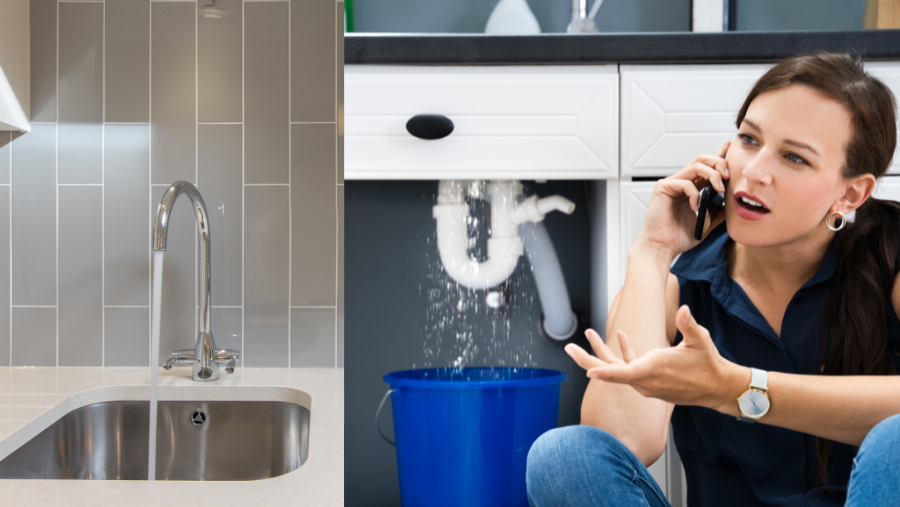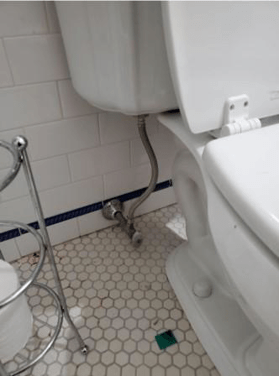Exactly How to Help Prevent Water Damage in Your Bathroom
Exactly How to Help Prevent Water Damage in Your Bathroom
Blog Article
The article in the next paragraphs in relation to Common Causes of Water Damage in a Bathroom is incredibly engaging. Don't overlook it.

The washroom is incredibly prone for wet accumulation and prospective water damages due to the regular use water in it. This write-up offers easy examination techniques to help discovering water damages threats.
The frequent use of water in the shower room makes it exceptionally at risk for moist accumulation as well as prospective water damage. By checking it on a regular basis, you can reduce water related damages.
The complying with set of assessments is simple to carry out as well as must be done when in every 3 months in order to keep your bathroom in good shape as well as to avoid prospective water problems triggered by the tub, the shower, pipeline joints and also plumbing, sinks, closets, and also the commode
Do not disregard performing these examinations as well as be complete while performing them. Keep in mind that these simple examinations can conserve you a great deal of money by offering early signs for water damages
Bath tub and also Shower
The shower as well as bathtub require unique interest as well as maintenance. Examine the floor tiles as well as replace if cracked. Ensure that there is no missing out on cement between the tiles. Inspect and change split caulking at joints where the wall surfaces satisfy the floor or the bathtub. Obstructed drains pipes as well as pipelines issues will prevent the bathtub from drying out as well as may indicate significant troubles underneath the tub. Consult with a professional right away to prevent architectural damages. Take note of discolorations or soft locations around the tub walls as they might suggest an interior leak.
Plumbing
Signs for water damages are difficult to identify because most pipelines are set up inside the walls.
Pay unique attention to floor covering as well as walls dampness as well as stains as they might suggest an unnoticeable plumbing trouble. Check dampness levels in adjacent spaces as well.
Sinks and also Cabinets
Sinks as well as closets are subjected to moisture and also moisture everyday and also are typically overlooked. Check routinely under the sink and also on the countertop over it. Repair any kind of drip in the trap as it might suggest drain troubles. Look around the sink, sluggish draining pipes may show a blocked drainpipe. Replace sink seals if they are fractured or loose.
The Commode
The toilet is a prone water junction. Check the water lines as well as look for leaks around the commode seat, in the hose, and also under the water tank. If you discover any indications of dampness on the floor around the bathroom, look for leakages in the toilet rim as well as tank seals.
Understand that hanging commode bowl antiperspirants raises the chances for blockages.
Water Damage Signs In The Bathroom To Avoid Cleanup
Musty smell
This is one of the easiest signs to catch because musty smells are so odorous. The damp, earthy, moldy smell should be a big red flag. The smell will develop when moisture gets trapped in surfaces, and begins to facilitate mold growth. Leaking pipes under cabinets, inside walls, and behind shower fixtures will cause moisture to stay trapped and not dry, which will lead to mold growth and spread. As soon as you notice any musty smells in your bathroom, have it checked for hidden water damage and cleanup signs.
Visible mold
If the smell isn’t there to give it away, sometimes you will actually see mold growth. Finding mold in your bathroom is a serious problem, because mold is very harmful to your health. By the time mold growth is visible, it also means that water damage has already occurred and been present for some time. The only way the mold problem can be resolved is to find the source of the moisture and get it stopped. To safely and adequately remove mold, you need to have professionals handle the remediation. Do not waste any time in getting mold problems addressed, fixed, and sanitized so that you can protect you and your family from the many respiratory symptoms caused by mold exposure.
Damaged floors
Bathroom floors should be able to withstand some exposure to water while still remaining in good condition. However, when excess exposure or water leaks occur, they will begin to damage even the most water-resistant flooring. If you notice any cracking, bubbling, staining, or warping on your bathroom floors, there is probably a water leak somewhere causing the distortion. If you notice areas of the floor have become softer, or even have a spongy feeling, there is probably damage to the subfloor. Subflooring is typically made up of plywood. When plywood is exposed to water or moisture, it will absorb it. Once it has become saturated, the weight of the excess water will cause the wood to swell and soften. Check the floors in your bathroom frequently to catch any of these sings before they lead to damaged subflooring.
Changes on walls
When water leaks behind walls, it will cause changes in the drywall. Peeling plaster, blistering paint, and soggy wallpaper are all good indicators that excess water is building up behind the wall. Water leaking behind drywall will cause it to swell and be soft to the tough. If you start to notice gaps along the trim of your walls, or where tile meets the wall, it could also be a strong indicator that there is a leak behind the wall. Any changes, distortion, or damage on the walls should be evaluated as soon as you notice it to prevent further water damage and cleanup.

As a keen reader on Preventing Water Damage in the Bathroom, I thought sharing that piece was a good thing. Sharing is good. One never knows, you may be doing someone a favor. Thanks a lot for your time spent reading it.
Schedule Your Job Now Report this page